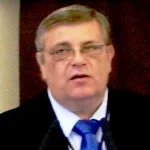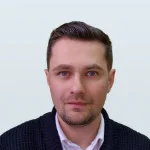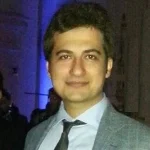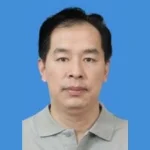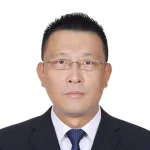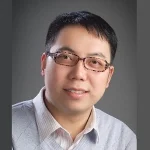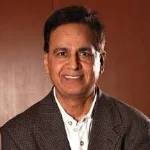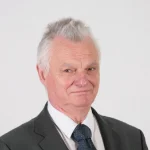65th International Conference on VIBROENGINEERING is an integral part of Vibroengineering Series Conferences and will be held in Resita, Romania.
The conference is dedicated to researchers, scientists, engineers, and practitioners throughout the world to present their latest research results, foster discussion, and new ideas, develop partnerships and also publish a conference paper in Vibroengineering Procedia. All Vibroengineering Conferences are integral to the Series of Vibroengineering Conferences that started in 1999. Vibroengineering Procedia is indexed in major scientific databases: Scopus, EI Compendex, Inspec, Gale Cengage, Google Scholar, and EBSCO.
More information on the major topic of the conference (the conference is not limited only to this topic):
Vibrations play a crucial role in many industrial applications, as they can affect the performance, reliability, and safety of equipment. Vibrations can be used for both destructive and constructive purposes.
In destructive applications, vibrations can cause premature wear, fatigue, and failure of components, leading to equipment downtime and increased maintenance costs. To mitigate these negative effects, engineers use techniques such as vibration analysis, isolation, and damping to reduce and control vibrations in the system.
In constructive applications, vibrations can be used to enhance the performance of equipment. For example:
- Vibrations can be used to improve the flow of materials in hoppers, bins, and silos, reducing the risk of clogging and increasing the efficiency of material handling.
- Vibrations can be used to compact and densify materials, improving the quality and reducing the cost of products in the manufacturing process.
- Vibrations can be used to stimulate the growth of biological systems, increasing the yield and quality of crops and livestock.
Vibrations can also be used in non-destructive testing (NDT) and condition-based monitoring (CBM) applications. NDT uses vibrations to detect cracks, flaws, and other structural defects in equipment, while CBM uses vibrations to monitor the performance and condition of equipment in real-time. This information can be used to optimize maintenance schedules and reduce the risk of equipment failure.
In summary, vibrations play a crucial role in many industrial applications, and engineers use them for both destructive and constructive purposes. By understanding and controlling vibrations, engineers can improve the performance, reliability, and safety of equipment, reducing costs and avoiding downtime.
Vibroengineering conferences feature a broad range of high-level technical presentations, vibrant discussions, and key experts and scientists from all over the world. The conference provides an opportunity to communicate your recent research advances, exchange ideas in innovative engineering technologies and enjoy endless networking advantages. With your participation, this Conference will prove to be an exciting scientific event, a fruitful opportunity to promote scientific research, technological development, and its application.
Organizing Comittee








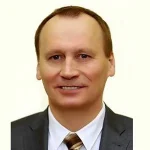



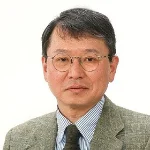


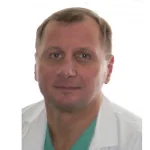

Fees
Conference Program
Sponsors and Partners
Conference in Resita, Romania was organized by Extrica with the partnership of Babes-Bolyai University of Cluj-Napoca and Technical Sciences Academy of Romania.

Babes-Bolyai University in Cluj-Napoca (UBB) is the first Romanian university to be granted 5 stars after the QS STAR international audit of the British company Quacquarelli Symonds (QS), the company responsible for the QS ranking of world universities, one of the highest standards among university rankings.

The Romanian Society of Acoustics.
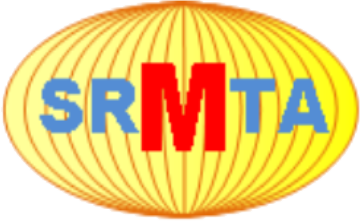
Romanian Society of Theoretical and Applied Mechanics (SRMTA) is an association of scientists, researchers, professors, directors, managers, and Romanian engineers from various fields of applied and theoretical mechanics.
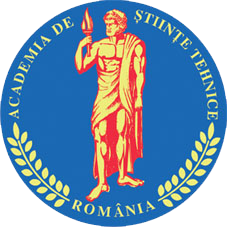
The Technical Sciences Academy of Romania was created on 17 October 1997, when its 27 founding members decided to revive the former Romanian Academy of Sciences, which had been disestablished in 1948, being merged into the Academy of the Romanian Popular Republic.

Kaunas University of Technology had its beginning on 16 February 1922, when the University of Lithuania and its technical faculties were established. The development of Lithuanian scientific ideas continued in the first Lithuanian independent technical school of higher education (in 1950–1990 titled Kaunas Polytechnic Institute (KPI)). It was famous for the ultrasound and vibrotechnics laboratories, and scientific research of textiles. In 1990 KTU regained its status of the university and took a path of rapid reforms of studies and research. The University continues to pursue sustainable partnership of science, business and industry, develops and implements new ideas, innovations and inventions.
